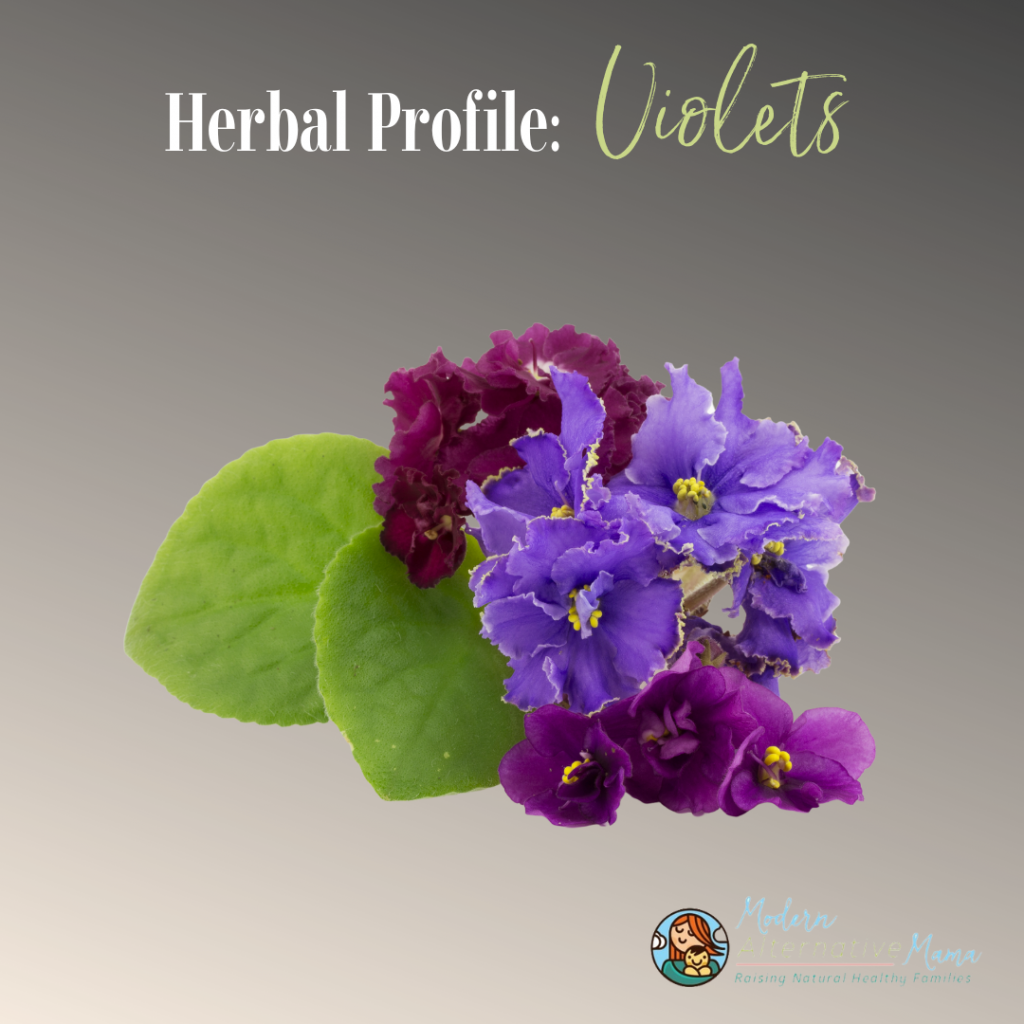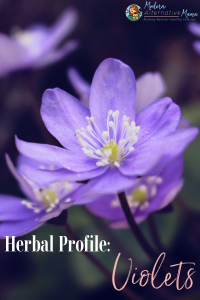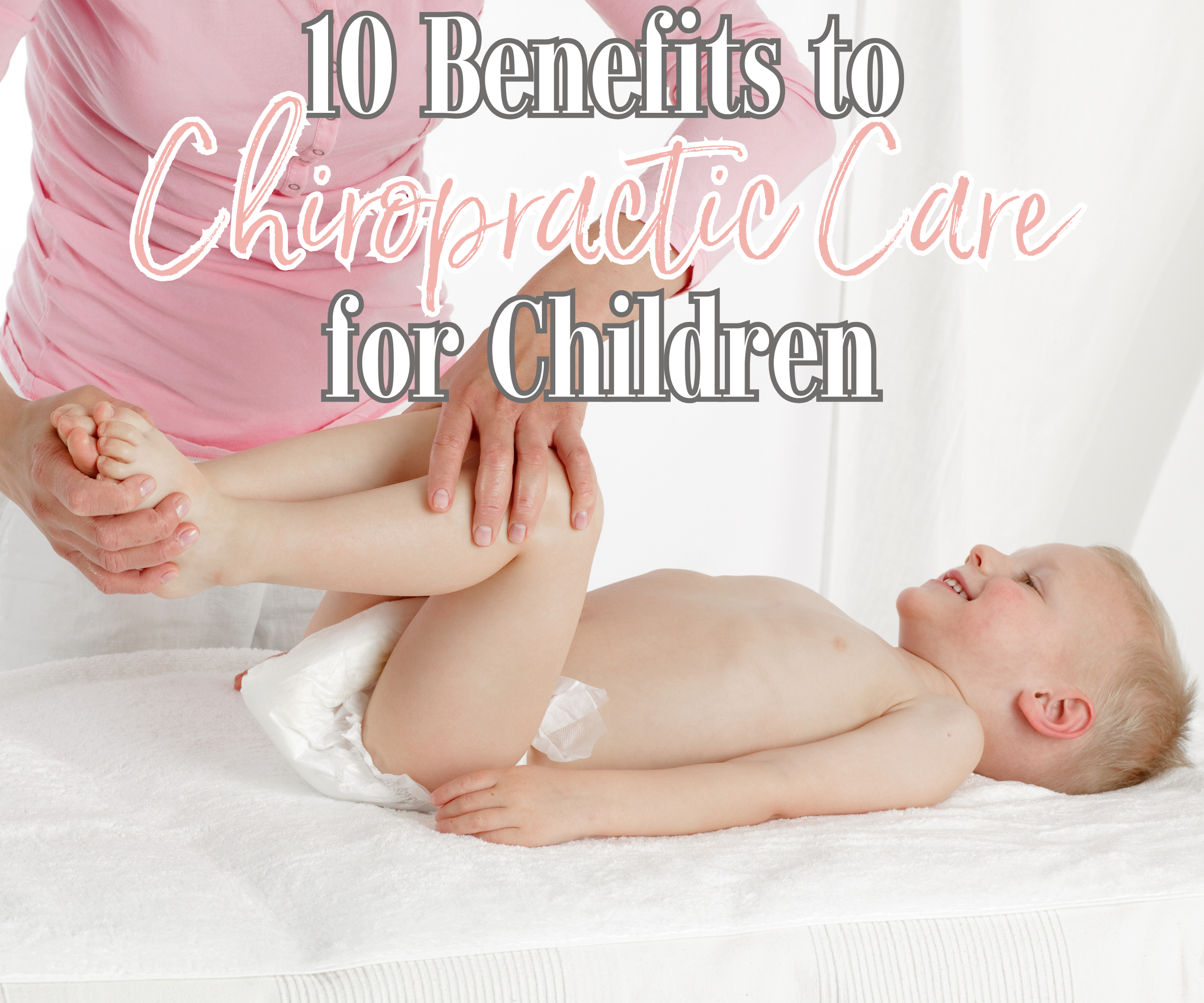What Are Violets
Violets are also known as the common violet, Devon violet, English violet, florist’s violet, fragrant, garden violet, sweet blue violet, sweet violet, wood violet, or its scientific name Viola odorata (1). Violets are usually dark blue or purple heart-shaped perennials that bloom in the late winter or early spring and are native to Europe, although grown worldwide (2). Traditionally, violets have been added to salads and turned into smoothies, jelly, and even tinctures.
Health Benefits of Violets
Some of the excellent medicinal benefits violets have been used for include:
Antioxidant Properties
Antioxidants can help fight damage from harmful free radicals. The buildup of free radicals has been linked to chronic diseases, such as cancer and heart disease. Violets are rich in antioxidant properties thanks to their anthocyanin content. One study found the highest concentration of anthocyanins was determined in the aqueous extracts of fresh sweet violet flowers, compared to the other flowers studied (3). Anthocyanins carry antidiabetic, anticancer, anti-inflammatory, antimicrobial, and anti-obesity effects, as well as prevention of cardiovascular diseases (4), where most of the plant’s health benefits come from.
Antimicrobial Properties
An antimicrobial property is when a substance, or in this case, an herb, can kill or suppress the spread of microorganisms such as bacteria, viruses, protozoans, and fungi (5). One study found that cyclotides from Iranian violets have potent antimicrobial activity against gram-negative, plant-pathogenic bacteria (6).
Anticancer Properties
Several studies have been conducted in both test tubes and on animals regarding the potential anticancer properties of violets. One study identified violets have antimicrobial and anticancer cyclotide cycloviolacin O2 (7). An animal study decreased the metastatic rate in liver and lung cancers (8). Another study observed cytotoxic effects, inducing death in human breast cancer cell line T47-D (9). A final study identified violets to have anti-melanogenic activity on B16F10 murine melanoma cells, decreasing all measured parameters, including cellular tyrosinase and melanin content (10).
Neuroprotective Properties
Neuroprotective properties inhibit neuronal cell death by intervening in the pathogenetic cascade, resulting in cell dysfunction and eventual death (11). One study showed violets had a promising effect against serum/glucose deprivation (SGD) conditions signifying potential neuroprotective properties (12). A second study showed that violets protect neuronal cells against SGD-induced cell death (13).
Migraine Control
Roughly 35 million Americans experience migraine headaches, making them the third most prevalent and sixth most-disabling illness worldwide (14). One study suggests that violets may be effective in improving headaches in patients with migraine (15), but this was in combination with Iranian traditional medicine consisting of Rosa damascene flowers and Coriandrum sativum fruits. Participants who received violet syrup as a covid treatment recovered faster from symptoms such as cough, myalgia, headache, and diarrhea than the control group (16).
May Promote Sleep & Relieve Insomnia
It’s said that 70 million adults in the United States experience sleep disorder symptoms; more than half of them experience insomnia, with another 10 to 15 percent being chronic (17). One study noted improvements in sleep and Insomnia Severity Index (ISI) scores were significantly greater in patients after a month of receiving violet drops than before starting treatment (18). The study concluded violets are a safe, well-tolerated, and effective herbal preparation in patients with chronic insomnia. Another study concluded violet supplements led to improved total Pittsburgh Sleep Quality Index (PSQI) scores, subjective sleep quality scores, sleep duration scores, and ISI scores compared with the placebo group of chronic insomnia patients (19).
Antidiabetic Properties
Antidiabetic properties are attributed to constituents such as polyphenols, flavonoids, terpenoids, coumarins, and others that show reduced blood glucose levels (20). One study concluded the possible antidiabetic activity of violets might be mediated by several molecular mechanisms, including the glutamine metabolic process, IRE1-mediated unfolded protein response, and pentose metabolic process (21).
Safety Concerns
Mainstream sources claim there isn’t enough reliable information to know if sweet violet is safe when pregnant or breastfeeding, cautioning to stay on the safe side and avoid its use (22). Herbalists consider violets a safe herb with no contraindications (23).
How to Use Violets
You can find violets in dried bulk, capsules, powders, extracts, oils, or tinctures. Tinctures always contain the most concentrated amount of herbs. Teas and soups are also options, especially when following ayurvedic medicine recipes. Some great articles to check out featuring the use of violets include:
Disclaimer: This post is not intended as medical advice. These statements have not been evaluated by the FDA, and nothing in this post is intended to diagnose, treat, or cure anything. If you have questions, please do your own research or seek advice from a health professional.
If you have violets in your natural medicine cabinet, how do you use it?







